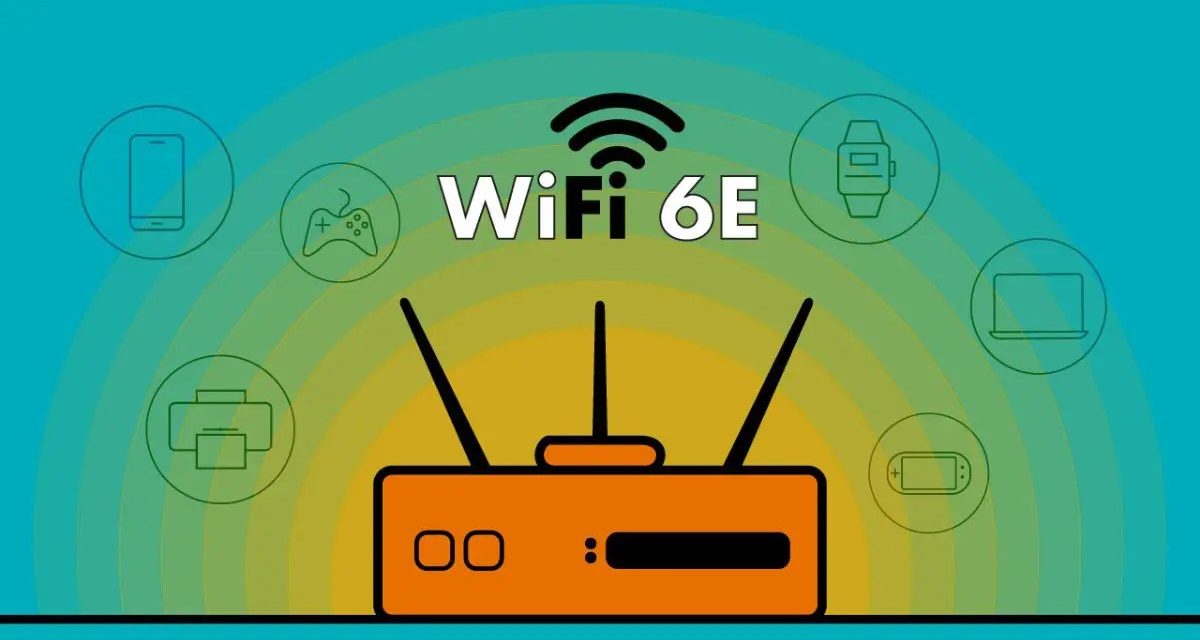Apple received FCC approval for the Vision Pro today in the U.S., and MacRumors notes that the filing confirms that the spatial computer doesn’t have Wi-Fi 6E support.
This is a feature that the latest iPad Pro models, iPhone 15 Pro models, and all Mac models released in 2023 have.
What is Wi-Fi 6E, and do you need it?
Here’s how Wired describes the technology: Wi-Fi 6E is the name for devices that operate in the 6-gigahertz (GHz) band, a new swath of unlicensed spectrum. Until now, our Wi-Fi operated on two bands: 2.4 GHz and 5 GHz. The Wi-Fi 6 standard has various features to improve the efficiency and data throughput of your wireless network and reduce latency for those two bands. Wi-Fi 6E brings those improvements to the 6-GHz band.
Wi-Fi 6 offers better bandwidth (which means faster speeds) and has lower latency, which is better for gaming, video, and other low latency applications.
The problem is that Wi-Fi 6E routers and accessories are expensive. Wired recommends these if you have the moolah: The Netgear Nighthawk RAXE300 (7/10, WIRED Recommends) at $400, and mesh systems like the TP-Link Deco XE75 (two-pack is $300), Motorola Q14 (two-pack is $430), and Google’s Nest Wifi Pro (7/10, WIRED Recommends) (two-pack is $300).
The FCC filing also suggests that Apple Vision Pro won’t include Ultra Wideband (UWB) capabilities. 9to5Mac says this is based on the iPhone 15 Pro having a specific UWB report that Apple Vision Pro lacks. Apple’s UWB chip is all about spatial awareness, but in a difference sense than spatial computing.
Apple uses UWB inside AirTags, iPhones, and Apple Watches. Like Bluetooth and Wi-Fi, UWB is a short-range, wireless communication protocol that operates through radio waves. It can be used to capture highly accurate spatial and directional data.
Article provided with permission from AppleWorld.Today




